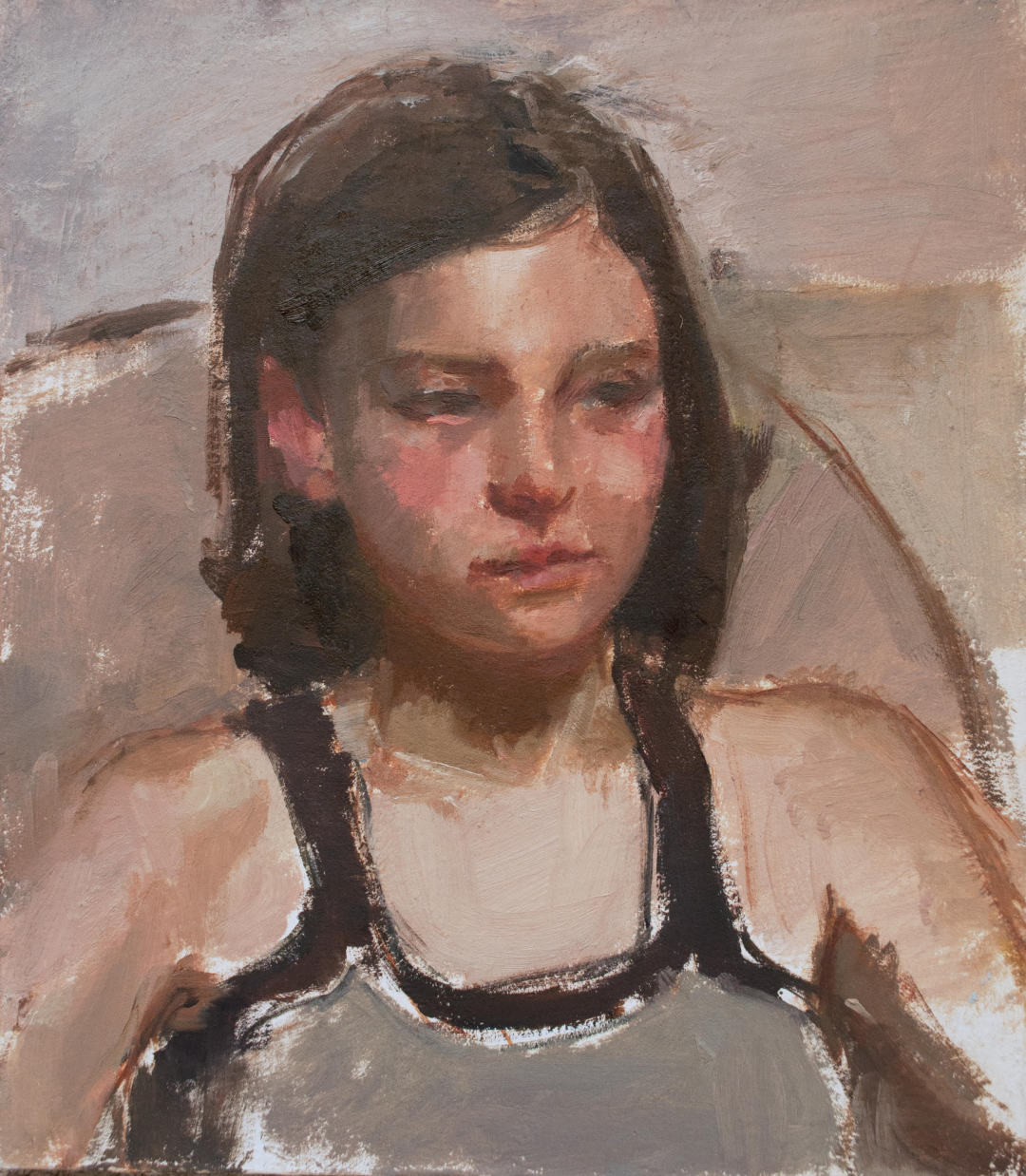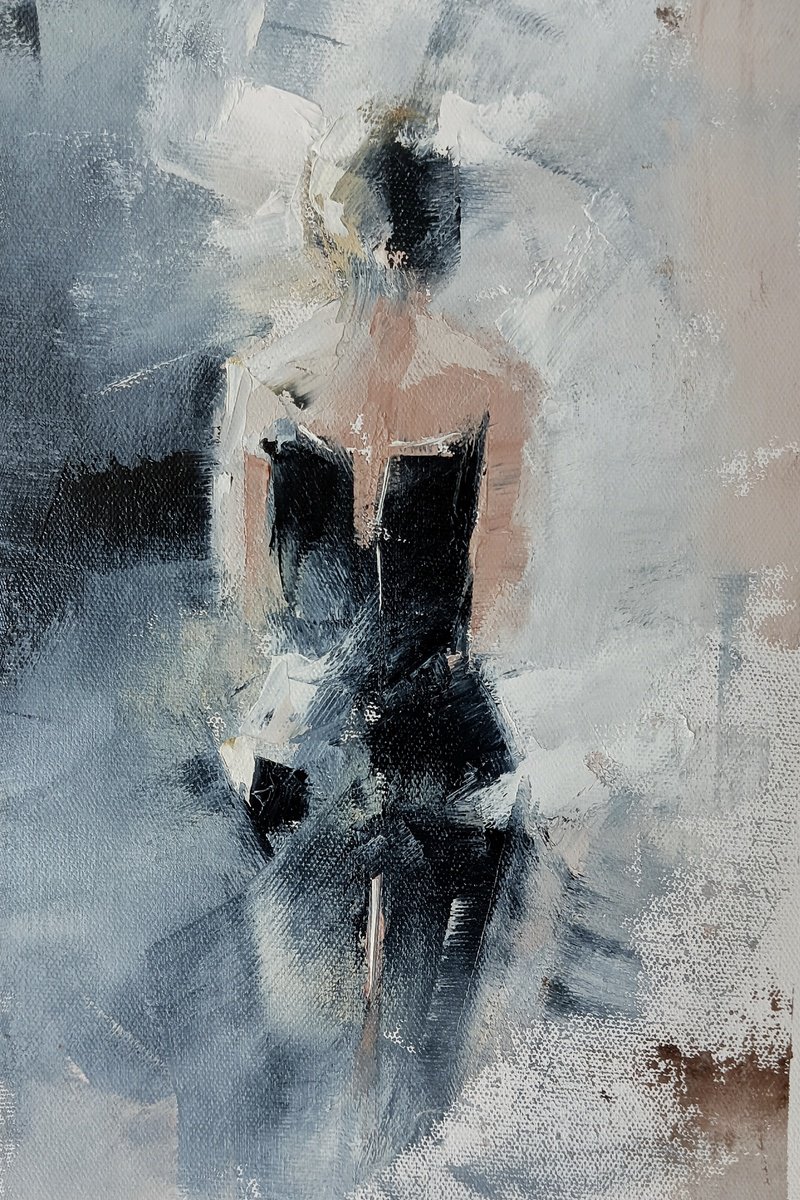Mastering the Art of Metaphorical Oil Painting: Vital Tips and Techniques for Aspiring Artists
Figurative oil painting represents a complicated intersection of method and interpretation, demanding a complete comprehension of human makeup, structure, and color theory. An exploration of color consistency and appearance strategies can substantially improve the aesthetic impact of their job.

Comprehending Human Anatomy
Understanding human makeup is fundamental for any kind of artist desiring grasp figurative oil paint. A comprehensive understanding of the human form allows artists to develop lifelike depictions that reverberate with visitors. Knowledge of anatomical structures, such as bones, joints, and muscles, offers important insight into just how the body relocations and positions.
Artists should familiarize themselves with the percentages of the human figure, including the partnership between different body parts and just how these percentages vary throughout ages and sexes. This awareness allows for exact scaling and viewpoint in their work. Additionally, comprehending the underlying musculature improves the ability to portray motion and stress in a number, leading to a much more engaging and dynamic composition.
Researching makeup also assists in recognizing subtle nuances in pose and expression, which are critical for conveying feeling and story within a paint. Resources such as physiological textbooks, life drawing sessions, and online tutorials can be very useful devices for artists looking for to strengthen their physiological understanding. Eventually, understanding human anatomy not only improves technological skill yet additionally enhances a musician's creative vision, allowing them to bring their figurative oil paintings to life with credibility and depth.
Relevance of Make-up

Key concepts of composition consist of equilibrium, unity, and prime focus. Achieving balance makes sure that no single aspect overwhelms the others, while unity develops a feeling of harmony throughout the item. Focal points accentuate considerable elements of the art work, permitting viewers to involve with the story or style a lot more deeply.
Additionally, making use of leading lines and the regulation of thirds can significantly enhance composition. Leading lines normally direct the viewer's gaze through the paint, while the guideline of thirds supplies a structure for placing crucial components in an aesthetically appealing manner. By understanding composition, aiming musicians can boost their figurative oil paintings, transforming them into compelling visual stories that reverberate with their audience.
Mastering Color Theory
Shade theory functions as an essential facet of figurative oil paint that matches the principles of structure. Understanding the shade wheel, that includes main, additional, and tertiary colors, is important for producing unified palettes and efficient visual stories.
Trick ideas such as color, value, and saturation play an important function in determining the visit homepage mood and impact of a painting. Musicians ought to discover cozy and awesome shades to stimulate particular emotions; cozy shades often convey power and passion, while awesome colors can convey calmness and harmony.
The connection in between corresponding shades-- those opposite each various other on the color wheel-- can create striking contrasts and dynamic compositions. When compared, these colors boost each other's vibrancy, attracting the audience's eye and adding deepness to the art work.
Moreover, recognizing similar colors allows musicians to attain a feeling of unity and comprehensibility. By selecting colors that are nearby on the wheel, one can maintain a well balanced environment throughout the piece.
Ultimately, grasping shade concept gears up aspiring musicians with the devices needed to manipulate shade intentionally, improving their ability to convey emotion and story through figurative oil painting. figurative oil painting.
Strategies for Structure
A variety of strategies can efficiently create structure in metaphorical oil paint, adding deepness and dimension to the art work. One essential approach is using impasto, where thick layers of paint are put on the canvas, permitting a three-dimensional top quality. This technique boosts light communication, creating dynamic aesthetic interest.
Another technique is scumbling, which entails using a thin layer of lighter paint over a dried darker layer. This method allows the underlying shade to reveal via, leading to a soft, distinctive result that can stimulate a feeling of environment or age. Dry brushing is also important; utilizing a dry brush with marginal paint, artists can create great lines and fragile textures, perfect for capturing the subtleties of skin or material.
Furthermore, scheme blades can be employed to scratch or use paint, producing distinct patterns and structures. Exploring with different devices and materials, such as sponges or rags, can further improve the textural top quality of a paint. Eventually, understanding these techniques calls for method and testing, allowing artists to find the diverse tactile qualities that can raise their metaphorical jobs.
Establishing Your Distinct Design
An artist's unique style is typically the conclusion of personal experiences, influences, and techniques honed over time. Developing this uniqueness in metaphorical oil paint calls for an aware effort to discover both your inner self and the broader creative landscape. Begin by showing on the motifs and subjects that resonate with you mentally; your interest will infuse credibility right into your work.
Study different designs and activities, yet rather than imitating, extract aspects that talk to you - figurative oil painting. Try out various techniques, shade combinations, and make-ups, enabling yourself the freedom to play without the pressure of excellence. Maintain a sketchbook or journal to record your thoughts, ideas, and artistic development; this will certainly function as an important resource for recognizing persisting motifs and preferences
Seek useful comments from peers or mentors, as they can supply insights that brighten elements of your work you may neglect. Participate in workshops and events, submersing on your own in the art community to more refine you can look here your viewpoint. Be person with yourself; the trip of developing a special style is recurring, advancing with each brushstroke and every canvas you come across. Accept the process as much as the outcome, and your distinctive voice will certainly arise.

Verdict
Mastering metaphorical oil painting demands an extensive understanding of human anatomy, structure, and color concept. Embracing these fundamental principles click here to find out more will considerably profit striving musicians on their creative trip.
Metaphorical oil paint stands for an intricate crossway of technique and analysis, demanding a thorough comprehension of human composition, make-up, and shade theory. An exploration of shade harmony and appearance techniques can significantly enhance the aesthetic impact of their work. By understanding structure, aiming artists can elevate their figurative oil paintings, changing them into compelling visual stories that resonate with their audience.
Experiment with various strategies, shade combinations, and compositions, enabling on your own the liberty to play without the stress of excellence.Mastering metaphorical oil painting necessitates a comprehensive grasp of human anatomy, structure, and color theory.
Comments on “How Figurative Oil Painting Transforms Conventional Artistic Expression”